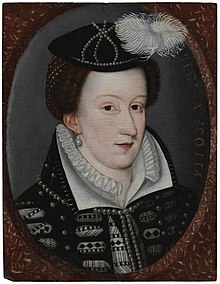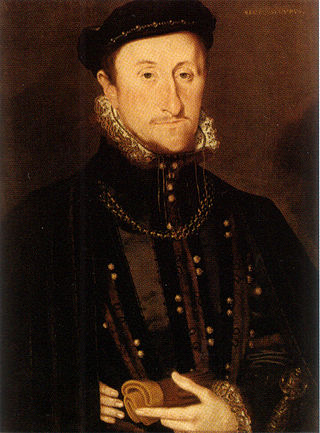
James Stewart, 1st Earl of Moray was a member of the House of Stewart as the illegitimate son of King James V of Scotland. A supporter of his half-sister Mary, Queen of Scots, he was the regent of Scotland for his half-nephew, the infant King James VI, from 1567 until his assassination in 1570. He was the first head of government to be assassinated with a firearm.

John Erskine, 6th Earl of Mar was a Scottish aristocrat and politician. He was the custodian of the infant James VI of Scotland and Regent of Scotland.
George Gordon, 5th Earl of Huntly, was Lord Chancellor of Scotland and major conspirator of his time.

The Chaseabout Raid was a rebellion by James Stewart, 1st Earl of Moray, against his half sister, Mary, Queen of Scots, on 26 August 1565, over her marriage to Henry Stuart, Lord Darnley. The rebels also claimed to be acting over other causes including bad governance, and religion in the name of the Scottish Reformation. As the government and rebel forces moved back and forth across Scotland without fighting, the conflict became known as the "chase about raid." Queen Mary's forces were superior and the rebel lords fled to England where Queen Elizabeth censured the leader.

The Casket letters were eight letters and some sonnets said to have been written by Mary, Queen of Scots, to the Earl of Bothwell, between January and April 1567. They were produced as evidence against Queen Mary by the Scottish lords who opposed her rule. In particular, the text of the letters was taken to imply that Queen Mary colluded with Bothwell in the murder of her husband, Lord Darnley. Mary's contemporary supporters, including Adam Blackwood, dismissed them as complete forgeries or letters written by the Queen's servant Mary Beaton. The authenticity of the letters, now known only by copies, continues to be debated. Some historians argue that they were forgeries concocted in order to discredit Queen Mary and ensure that Queen Elizabeth I supported the kingship of the infant James VI of Scotland, rather than his mother. The historian John Hungerford Pollen, in 1901, by comparing two genuine letters drafted by Mary, presented a subtle argument that the various surviving copies and translations of the casket letters could not be used as evidence of their original authorship by Mary.
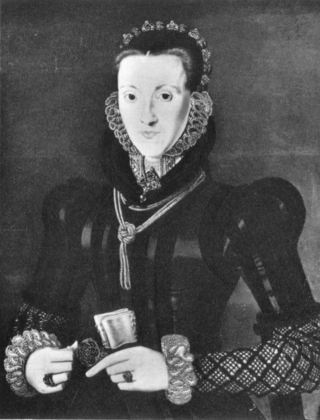
Agnes Keith, Countess of Moray was a Scottish noblewoman. She was the wife of James Stewart, 1st Earl of Moray, regent of Scotland and the illegitimate half-brother of Mary, Queen of Scots, making her a sister-in-law of the Scottish queen. As the wife of the regent, Agnes was the most powerful woman in Scotland from 1567 until her husband's assassination in 1570.
Alexander Home, 5th Lord Home was a Scottish nobleman and Warden of the Eastern March.

The Marian civil war in Scotland (1568–1573) was a period of conflict which followed the abdication of Mary, Queen of Scots, and her escape from Lochleven Castle in May 1568. Those who ruled in the name of her infant son James VI fought against the supporters of the Queen, who was exiled in England. Edinburgh Castle, which was garrisoned in her name, became the focus of the conflict and surrendered only after an English intervention in May 1573. The conflict in 1570 was called an "intestine war in the bowels of this commonwealth", and the period was called soon after an "intestine war driven by questions against authority."

Jane, Janet, or Jean Kennedy was a companion of Mary, Queen of Scots, during her captivity in England.
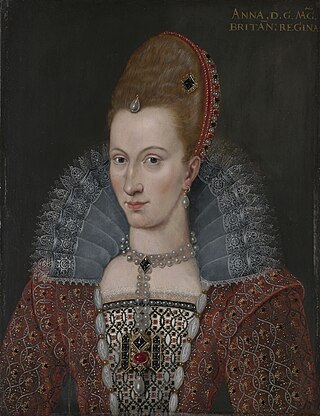
The Great 'H' of Scotland was a jewel belonging to Mary, Queen of Scots comprising a large diamond, a ruby, and a gold chain. It was broken up in 1604 and made into the Mirror of Great Britain for James VI and I.
James Stewart, 1st Lord Doune (1529-1590) was a Scottish landowner.

John Stewart, Commendator of Coldingham (1531–1563) was a Scottish landowner.
Nicolas Errington was an English soldier, military engineer, and administrator.
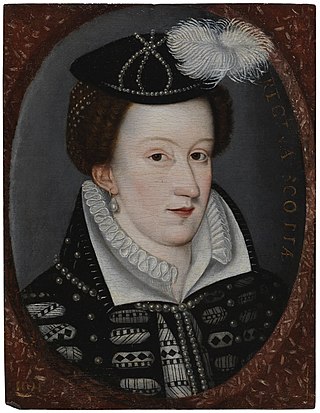
The jewels of Mary, Queen of Scots (1542–1587), are mainly known through the evidence of inventories held by the National Records of Scotland. She was bought jewels during her childhood in France, adding to those she inherited. She gave gifts of jewels to her friends and to reward diplomats. When she abdicated and went to England many of the jewels she left behind in Scotland were sold or pledged for loans, first by her enemies and later by her allies. Mary continued to buy new jewels, some from France, and use them to reward her supporters. In Scotland her remaining jewels were worn by her son James VI and his favourites.
Mademoiselle Rallay or Madame Raylie was a Scottish courtier. She served as chamberwoman and then lady-in-waiting to Mary, Queen of Scots. She was described as one of Mary's favorites. She should not be confused with her niece Renée Rallay, also known as Beauregard, who also served Mary, Queen of Scots.
Elizabeth or Bess Pierrepont (1568–1648) was a gentlewoman in household of Mary, Queen of Scots. Mary hoped that she could be trained to join the household of Queen Elizabeth, and prevented her marrying as her father wished.
Henry Middlemore was an English courtier and diplomat.
Gilbert Curle or Curll was a Scottish secretary who served Mary, Queen of Scots during her captivity in England. He married Barbara Mowbray, one of three sisters serving Mary.

Jacques Bochetel de la Forest or de La Forêt was a French politician, treasurer of the household to Francis II of France, and ambassador at the court of Elizabeth I.
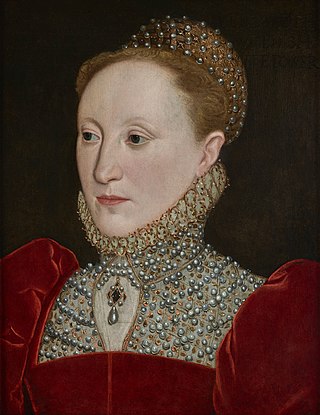
John Tamworth was an English courtier, Member of Parliament (1563), and ambassador to Scotland.
